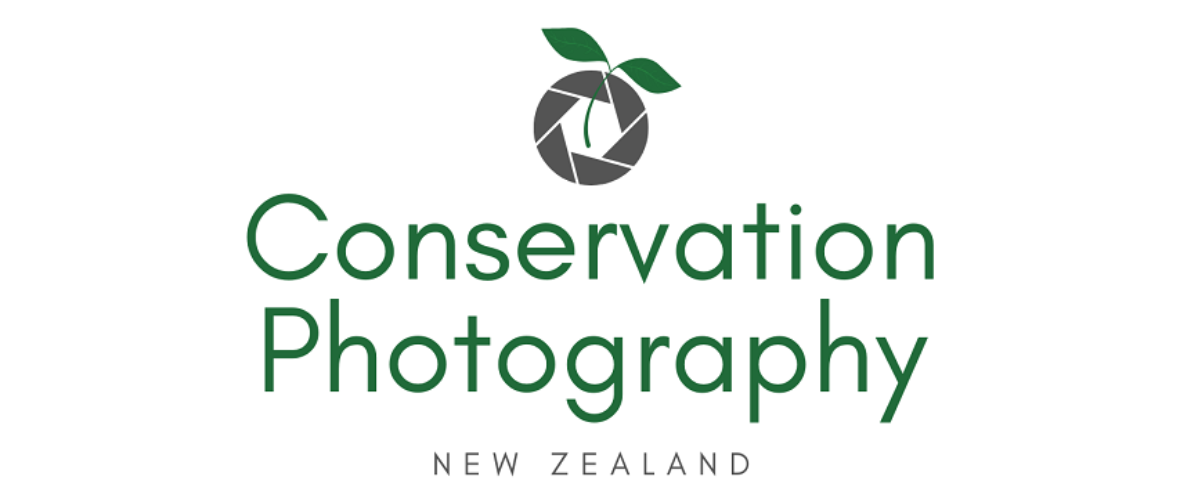Conservation Photography, according to the US based International League of Conservation Photographers (ILCP):
… aims to further environmental and cultural conservation through ethical photography
… furthers the agenda of a wide variety of conservation issues
… encourages people to take action in support of tangible and meaningful conservation measures
Conservation Photography, according to Wikipedia:
… is the active use of the photographic process and its products, within the parameters of photojournalism, to advocate for conservation outcomes.
… combines nature photography with the proactive, issue-oriented approach of documentary photography as an agent for protecting nature and improving the biosphere and natural environment.
… furthers environmental conservation, wildlife conservation, habitat conservation or cultural conservation by expanding public awareness of issues and stimulating remedial action.
Conservation Photography as I see it, follows the ILCP approach above, and then it:
… can derive images from planned or opportunistic photography taken with a conservation end or environmental protection in mind, or from images taken for their intrinsic beauty or creative record that may subsequently be used to further conservation or environmental goals.
The ILCP has an excellent short video that explains their approach.
What is Conservation Photography? from iLCP on Vimeo.
On Being a Conservation Photographer from iLCP on Vimeo.
Being a conservation photographer means:
- being an advocate for the wild world, for nature
- understanding the science, learning about the issue
- selling a story with passion, with dedication to a cause
And it works because images stick. Images stay in our minds so much more easily and for far longer than words alone.
Plastic has been a blessing but is also a scourge of our times, and plastic strewn beaches or wildlife entangled in or killed by plastic waste are strong images that make a difference.



